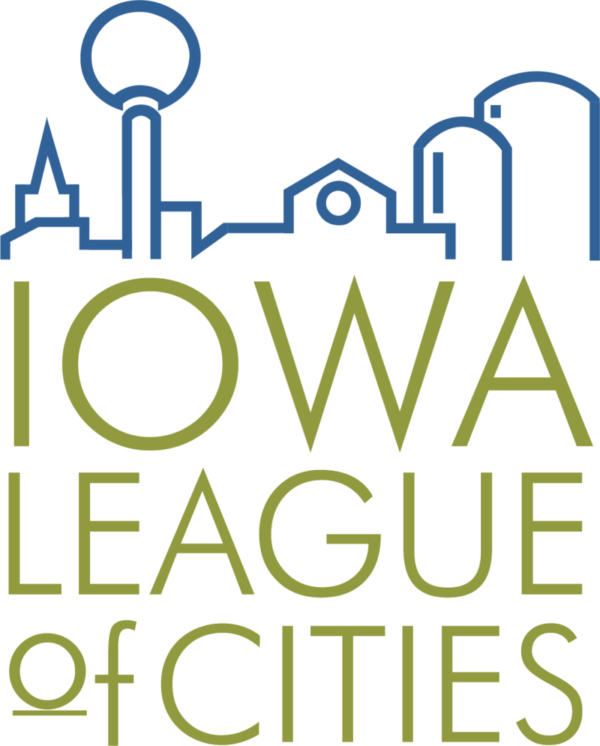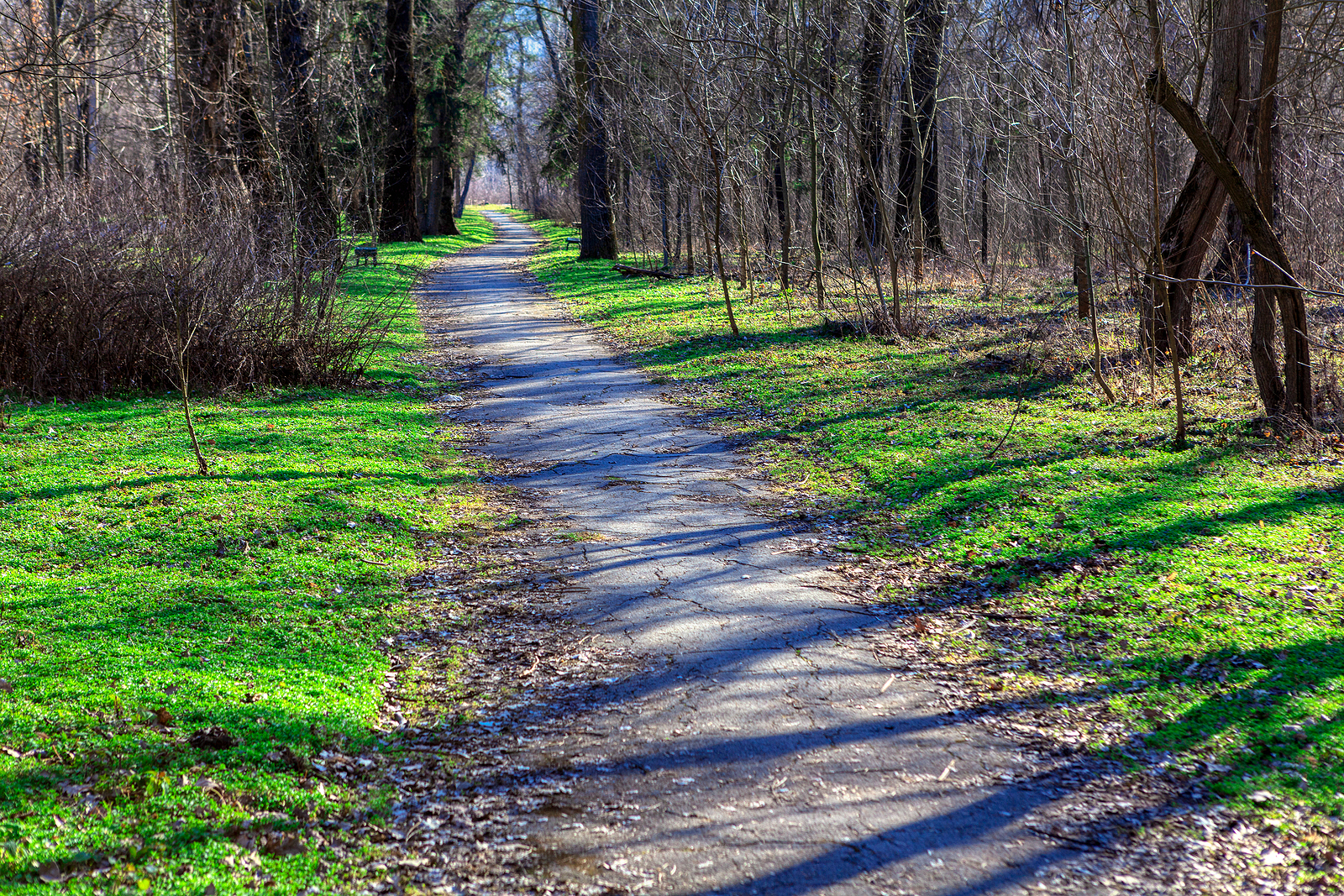Many residents often select recreational trails as one of their top infrastructure priorities. What may not be as obvious is that these trails can be tough to design and fund. Challenges can be overcome if municipal officials are ready to plan for the projects, work with various stakeholders and seek funding when it becomes available.
Trails Pose Challenges
At first glance it may appear that trails should be easier to design and build than a typical roadway. But that often isn’t the case. First, land acquisition can be challenging. Planned trails may run along former railroad tracks, rivers or cross drainage areas and creeks. Numerous property owners may be involved, especially with regional trails that require the municipality to obtain easements or properties.
If it’s not possible to obtain right-of-way or easements, creation of bike lanes is an option to help make on-street connections between trails or to designate bike lanes as trail routes/segments. This option allows a community to implement current right-of-way for recreational trails and to loop their trail system and complete it.
Other critical elements of recreational trail projects include lighting, signage and pedestrian safety. Successful trail projects often are the result of a deliberate five-step process, outlined below.
Planning
Can you work with other communities to achieve a mutual goal and perhaps create trails that fit into a regional system? Can you gain public support? If you want to gain widespread support for a trail project, start with planning. A comprehensive park and recreation plan or a comprehensive trail plan can engage many stakeholders to develop a widespread vision for the future. A regional trail plan helps leaders coordinate multiple jurisdictions and achieve the best level of trail connectivity for a designated area.
Conceptual Design
You’ve had your meetings, established your vision for the new or expanded recreational trail and are set to go to the next step. Now is the time to create a park or trail master plan with preliminary drawings to see if your proposed plan is feasible.
During this process, you’ll step-up coordination with relevant county, state and federal agency project partners and set funding deadlines for project phases. It is also a good idea to get the recommendations from agency permitters regarding the project ahead of applying for funding.
As part of the design process you’ll determine the estimated project expenditures, including the need to obtain right-of-way and/or easements for the recreational trail and overall timeline for design and construction. The project’s complexity and schedule increases if you must deal with areas of historical or archeological significance, wetlands and/or endangered species.
Grants & Funding
How are you going to pay for your great recreational facility vision? This can be a challenging phase, especially if you seek monies from many sources. If you have multiple grant sources expect to go through separate reviews for each one and probably at different times. The following factors can make the project more challenging if they arise during project reviews:
- Investigation of potential archeological sites
- Adherence to Iowa Department of Natural Resources rules regarding construction of structures and floodplains issues
- Delineation of wetlands
Final Design
Once you know what grants and funding have been awarded for your project based on the preliminary design, you can then move to complete the final design of your project. It may not be possible to complete all aspects of your project at once due to funding limitations. It’s been our experience that if a funding agency allocates funds for one phase, it probably will fund an additional phase. Depending on the size of the project, some communities may need to build up their local share funds so it makes sense to divide your project into different phases for implementation.
Construction
Look for ways to save funds through the bidding process. If you combine certain skilled labor items in separate bid packages, while still adhering to the provisions of Chapter 26 of the state code, you may get a more competitive bid pricing.
Community Benefits
Thriving communities will continue to improve their recreational facilities. It’s what current and potential residents want and expect. The added benefit is that these facilities can draw in visitors, new residents, and improve a community’s revenue stream. And what’s more, trails add to your quality of life.
Shawn O’Shea, AICP, provided content for this web page. Sean is community development specialist with MSA Professional Services, part of the Community Alliance Programs.






